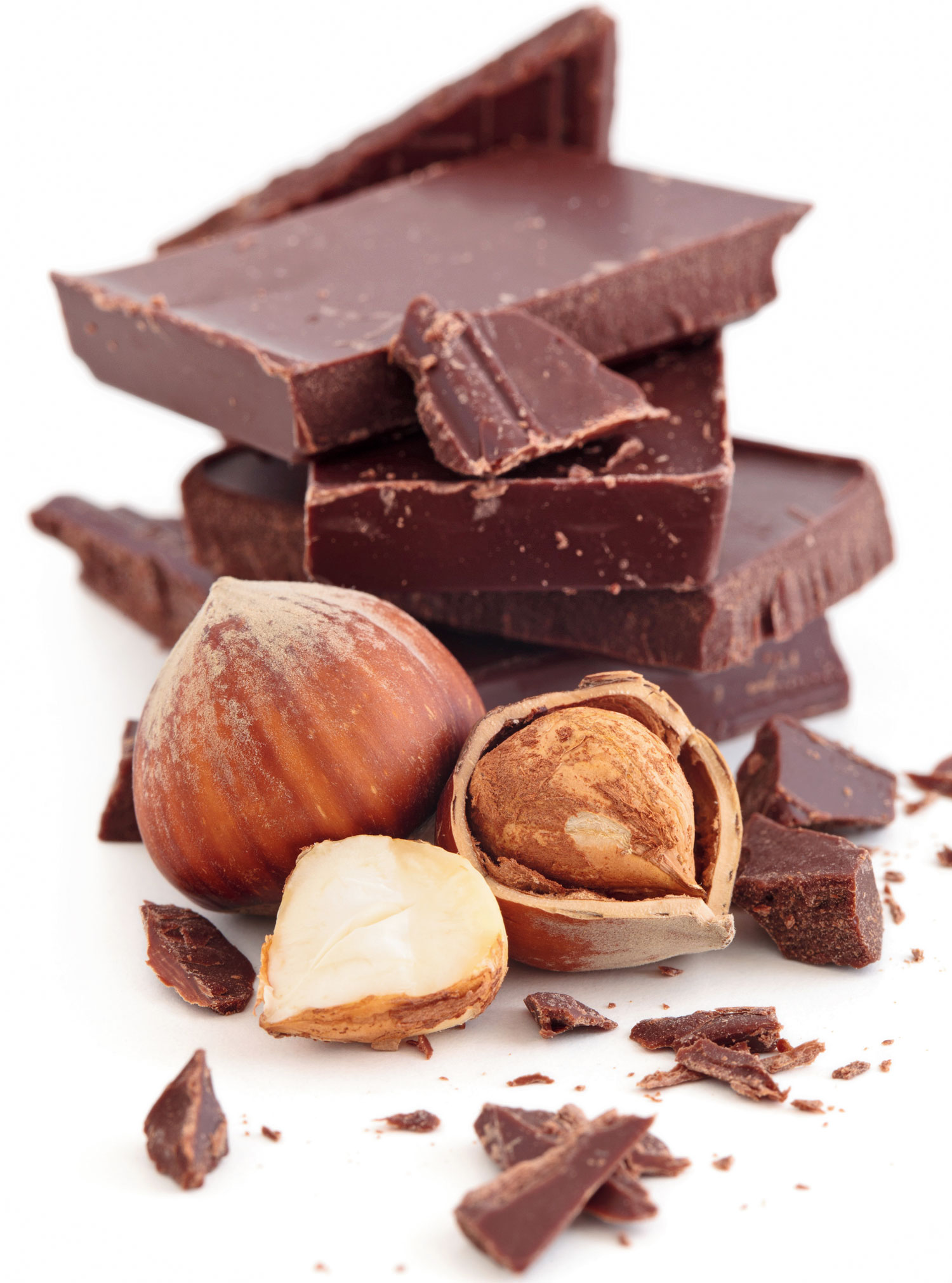One of the most defining moments in my journey as a chef, so far, has been a consequential visit to a rather stupendous cocoa plantation on the island of Madagascar. That was a time pre-Melman and Gloria and the only thing one would hear about Madagascar was its magnificent spice plantations and lemurs.
I must admit here, being a pastry chef for many years, I had no idea of how cocoa is actually grown and had this romantic excogitation that the basic raw materials for the Swiss chocolates were actually produced somewhere closer to Jungfrau than to the horn of Africa. What I saw in Madagascar left me aghast and had me question the frivolity with which we take our food ingredients for granted.
I could actually see the mammoth effort that goes into making the world’s most hallowed and sought-after confections and what it really takes to create one of the most chemically complex and difficult-to-process foods and make it find its way from an obscure African island to the opulent cafes and chocolate boutiques of the First World. The story of chocolate is that of extreme enterprise, passion, technique and on top of it all, emotions.
For now, today is the World Chocolate Day and this is the story of the single culinary product that is aptly known as ‘edible love’ and ‘food of the gods’, the ubiquitous and the delectable chocolate. It is said that the greatest tragedies were written by the Greeks and Shakespeare... neither knew chocolate. Not judging bygones, I hope that this article will let you know a little bit more about chocolate and how it has changed the world, the way we see it.
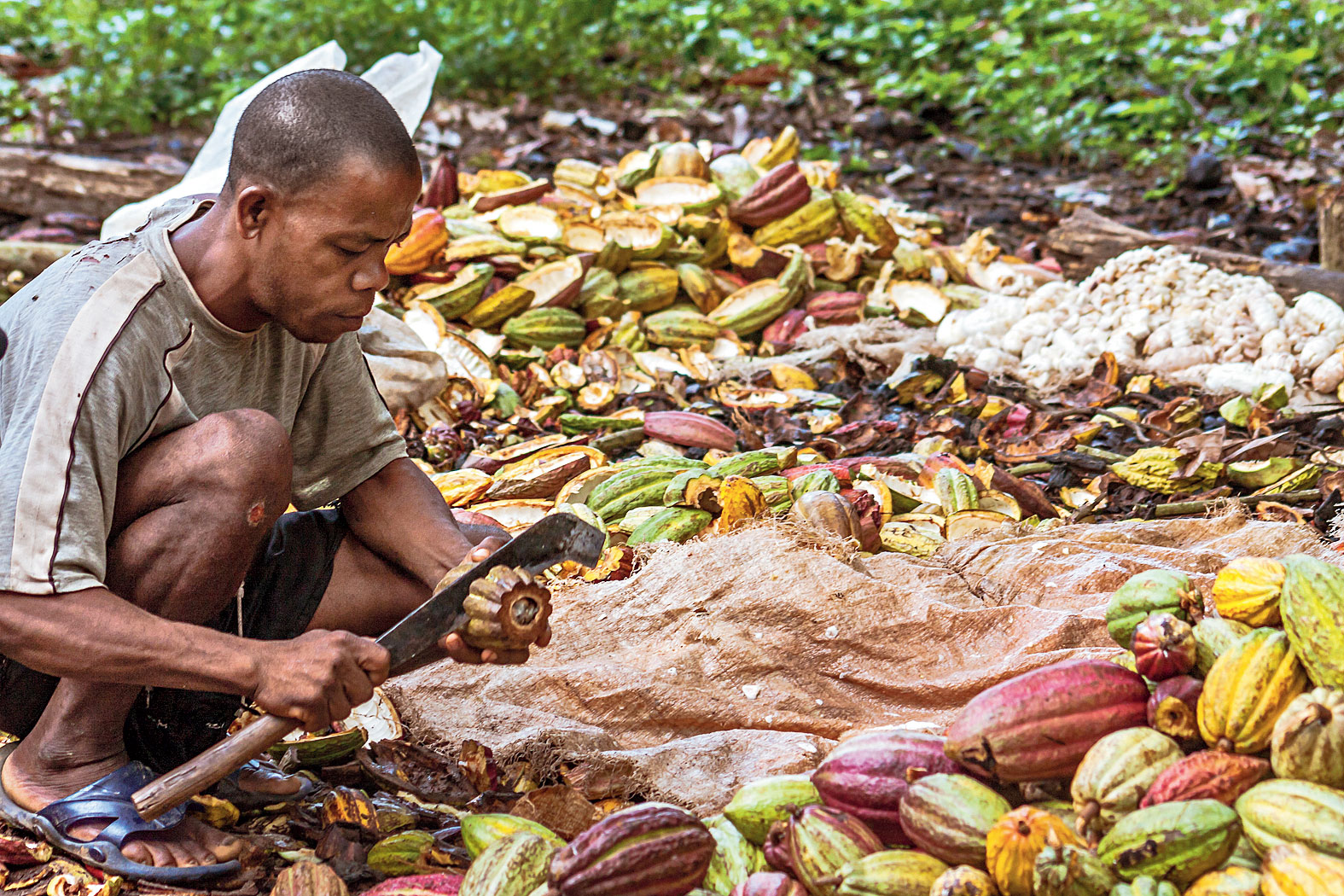
A cultivator in Madagascar prepares cacao pods for fermentation for the preparation of cocoa Picture: istock
What is chocolate?
So the eternal question, what actually is chocolate. As a youngster growing in a small town, I remember all candies were called ‘chocolate’ and all chocolates were called ‘Cadburys’. I don’t really know if that rings any bells to the older readers, but let me try and simplify what has to be culinarily the most complex food ingredient.
So basically, all chocolates, all over the world, essentially are composed of four ingredients — cocoa mass, fat/cocoa butter, sugar and dairy. This is true for most chocolates, while there are exceptions of specially created chocolates for different purposes.
Now, basically, cocoa beans are harvested, hulled, fermented, roasted and ground till they liquefy. The liquid now produced has cocoa butter and cocoa solids. Generally the more cocoa content in chocolate, the more flavoursome and exclusive it is considered. To this mass, sugar and milk solids, often some other additives are added to bring to you the delicious and toothsome chocolate bar that nine out of 10 people in the world like. The 10th one is lying!
While I could elaborate further on the actual nitty-gritty of chocolate production, I think it would suffice here that more than one thousand cocoa beans and at least 10 distinct processes are required to make a kg of chocolate and it’s not easy.
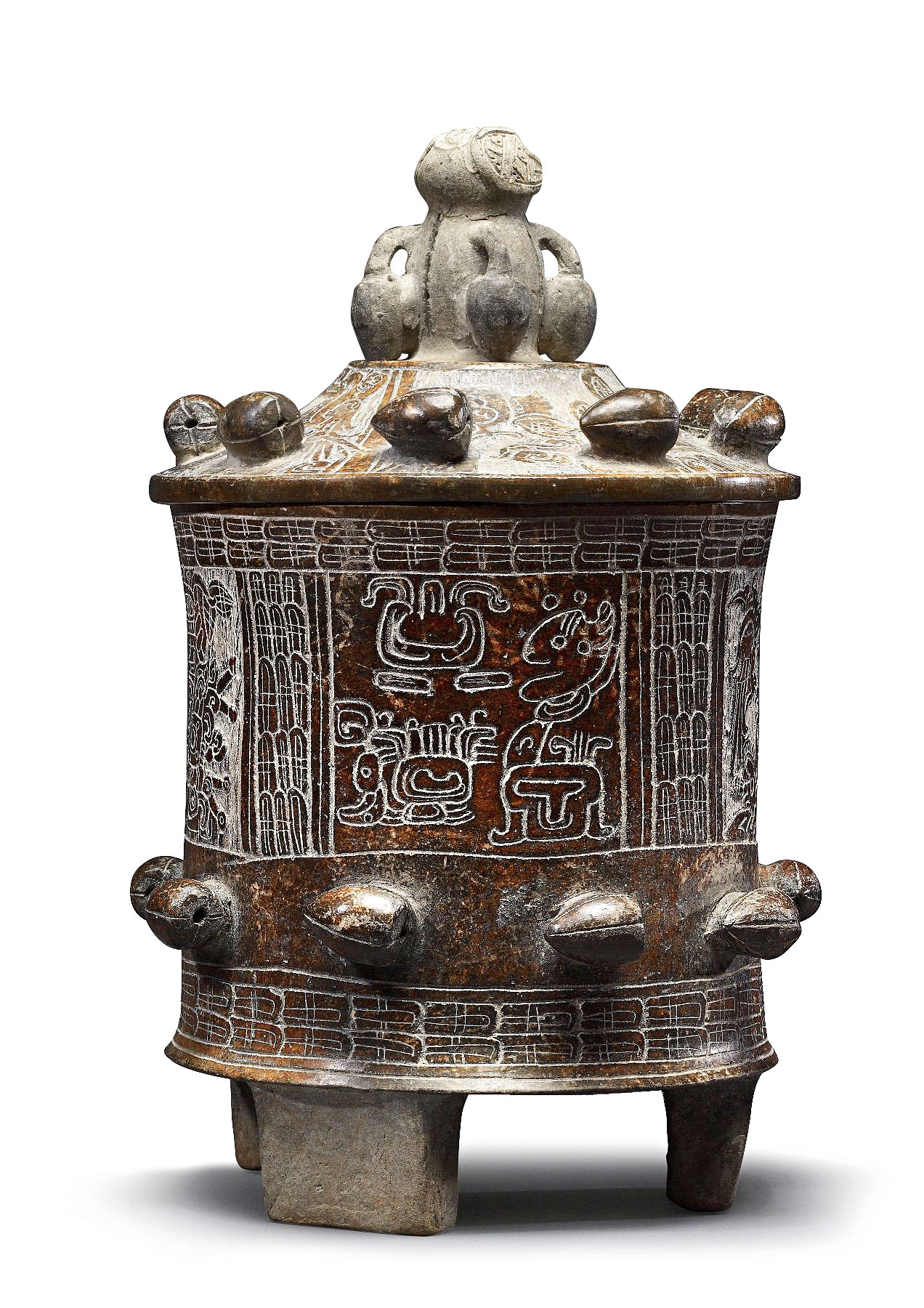
A lidded Mayan cocoa-drinking cup Picture courtesy: Walters Art Museum
The beginning
Basically the thing started around 250AD when the Mayans occupying the rainforests in South America discovered these huge trees and thought that the inviting looking pods could be put to use. So they didn’t really create a Snickers bar but they ground the beans, fermented those, added honey, chilli, cornmeal and black pepper and enjoyed it as a drink. In fact, for most of the history of chocolate, it was consumed as a drink and not as a food or confection.
Around the mid-1400s, the Aztecs of central Mexico started to develop trade ties with the Mayans and really liked the cocoa which they named ‘Xocolatl’, a word that is supposed to be the origin of the now used ‘chocolate’. The Aztecs also used chocolate as currency and helped increase the demand and reach of the chocolate, which they thought had divine properties and was often drunk by soldiers going to war.
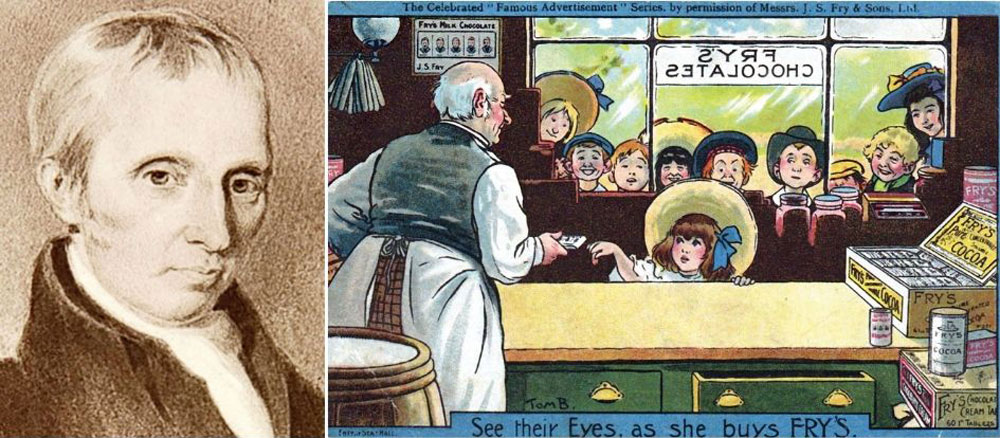
J.S. Fry, the creator of the chocolate bar and an early advertisement postcard for Fry’s chocolates Pictures: Bristol Archives and Miami U. Libraries — Digital Collections
Around the mid-1500s, when the Spaniards conquered Mexico, they started to add sugar to the very bitter drink to make it more palatable and also started to trade it with the rest of Europe, and as they say, Europe was never the same again.
In the early 1700s, the mighty British Empire came into the chocolate scene and the chocolate, the way we eat it today, was mastered, refined and popularised. The world’s first chocolate bar was made by Fry & Sons in 1728 in Bristol. It was around that time that chocolate behemoths such as Cadburys and Nestle were founded, companies that went on to become the largest food companies in the world and are still making chocolates among other things.
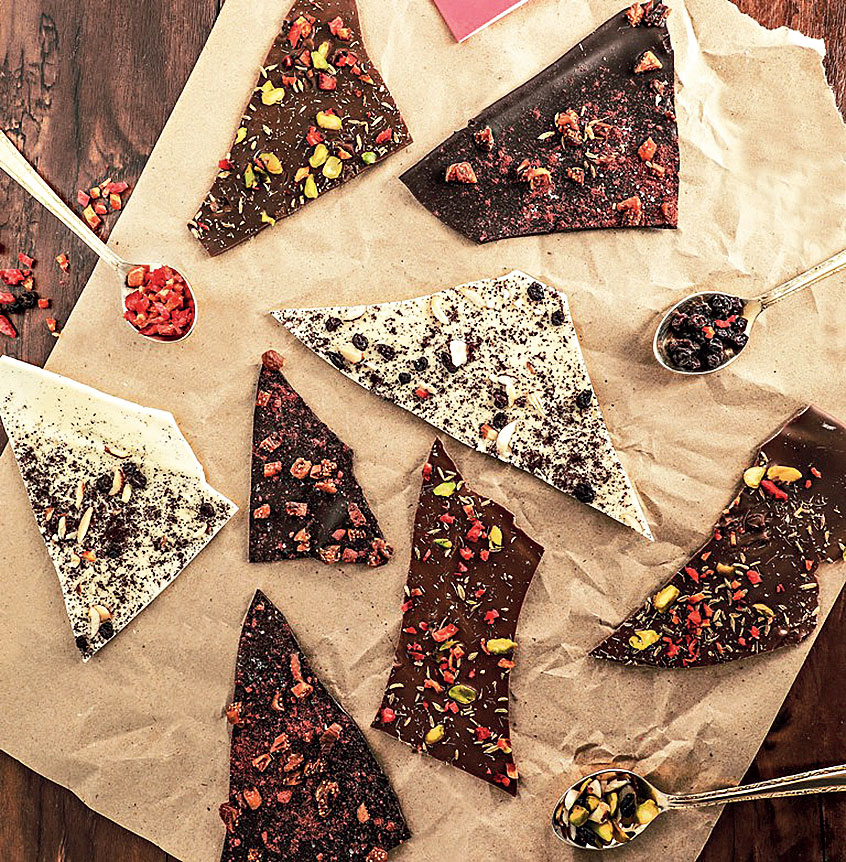
The latest craze in the chocolate world — the single origin and the artisanal chocolates Picture: istock
In the mid-1800s, during the Industrial Revolution, mass scale chocolate production became prevalent in many countries in Western Europe and colonisation meant that the cocoa beans were easy to be brought from Africa as well as a ready market was available for the finished new confection all over the world. After the sophisticated French and the innovative Swiss and Belgians joined the chocolate game, newer innovations were incorporated and chocolate quickly went on to become one of the most sought after and widely consumed confections of the world.
Single origin and artisanal chocolates
You are probably thinking about the latest craze in the chocolate world — the single origin and the artisanal chocolates. Single-origin chocolates are made from cocoa beans that are grown in a single geographic region, therefore are highly prized and exotic, much like single malt whiskies or region-specified wines; say a Chateau Latour or champagne.
These chocolates carry along with them the subtle notes of the region they are grown in and offer a distinguished, exclusive taste and flavour profile. Simply put, single-origin chocolates are the epitome of chocolate experience anywhere in the world and very few high-end chocolate makers in the world create these for the exclusive chocolate lover community, who take their chocolate eating very seriously and for whom nothing but the best will do. It may take one some time to discover the different subtleties and characters of each origin, but they will certainly help one in discovering unique taste sensations.

Artisanal chocolates, on the other hand, are exclusive chocolates that are created in small batches and are generally made in small facilities Picture: istock
In fact, besides an overwhelming chocolate taste, each origin carries the aromas of flowers, herbs or spices that are typical of the soil where the chocolate was grown. Since these chocolates are from a single region, a lot goes into preserving the unique yet incredibly subtle flavour profile of each chocolate. To that end, single-origin chocolates have to be processed in different facilities, unique to only that kind of chocolate. Coupled with the rarity and high demand, especially in the gourmet chocolate segment in Europe and North America, these chocolates command a very high premium in the international cocoa market, hence are priced higher.
That said, the gourmet experience offered by these are highly exclusive and, therefore, the price is well worth the unique flavour profile of these exclusive chocolates.
Artisanal chocolates, on the other hand, are exclusive chocolates that are created in small batches and are generally made in small facilities. These bean-to-bar chocolates are created entirely at the facility using traditional methods and few or no artificial additives or preservatives. Since very small batches of these chocolates are created, it is easy and apt to introduce exclusive, unusual and sometimes quirky flavour combinations that appeal to chocolate lovers. So next time you see a gondhoraj lime chocolate bar or a Guntur chilli truffle, think artisanal.
Now, a Recipe
So I was thinking to give a recipe today that truly epitomises the chocolate creativity and is a tribute to chocolate, using it as a key ingredient. I am giving a recipe of a decadent, smooth and luxurious chocolate mousse that doesn’t only use it as a key ingredient, but, and I say this with responsibility, the ‘only ingredient’.
I had this chocolate mousse in a restaurant in England and was mesmerised by the lightness and the smoothness. Like always, I asked for the recipe and was told that there were no ingredients to the recipe except some good quality chocolate. And water, but that is not really considered a culinary ingredient. Later on further research, I found that this recipe was perfected by an iconic British chef who is well known for his scientific approach to cuisine. So here goes...
So go out and enjoy the day of chocolate and do spare a thought for the fact that if global warming continues like this, scientists have predicted that cocoa plants can disappear by as early as 2050 and what a travesty will that be!
So enjoy your chocolate and remember there is nothing better than a friend, unless it is a friend with chocolate!
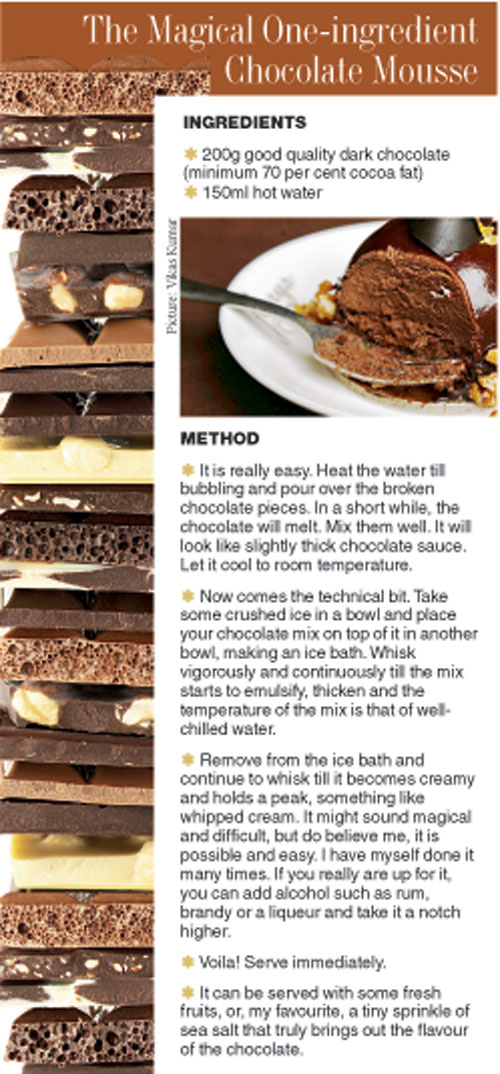
Vikas Kumar

